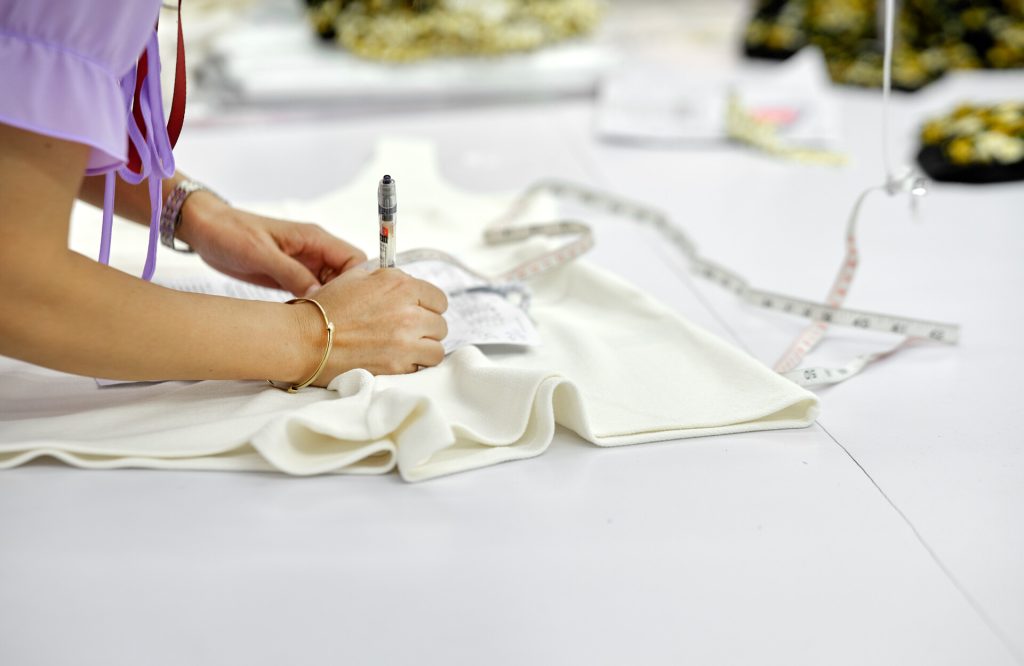Raw material production can be harmful to people and planet. We make every effort to ensure that the materials in our products are sourced more responsibly and leave a lighter footprint.
How we work with materials
All materials have an impact on climate, nature and people - from production, through the use stage and to the end of life. To reduce this impact, we aim for 100% of our materials to be either recycled or sustainably sourced by 2030, and 30% recycled materials by 2025.
In 2023, we increased the amount of recycled materials in our products to 25%, which we hope to double to 50% by 2030, and the share of recycled or sustainably sourced materials to 85%, making good progress towards our goals.1
Our definition of “recycled and sustainably sourced materials” has evolved from evaluating a material’s environmental factors compared to conventional alternatives, to taking a more holistic approach that also includes social factors. We are working towards aligning our definition with Textile Exchange’s definition of preferred fibre and materials. Read more here.
Our material vision
We take a progressive approach to our material work, continually evaluating the materials sourced for our products to reflect the latest science, best practices, and knowledge. This ensures we can respond to changes caused by global events, societal and environmental change.
Our vision is to move towards more resilient and circular raw materials that stay within planetary boundaries, enhances livelihoods, and thrives on innovation. It is built around three pillars:

Recycled
In our journey to build a circular ecosystem where products and materials are circulated at their highest value, we need to reduce our dependency on virgin fibres. By doing this, we will reduce our negative impact on climate, nature and communities, and help to meet our environmental goals and ambitions. In an ideal world, these recycled fibres would come from used textiles to create a closed loop. However, we need to build global infrastructure for collecting and sorting used garments, as well as scale up recycling technology to guarantee an adequate supply of recycled fibres. In the meantime, pre-consumer feedstock, for example from offcuts and scraps generated during production, can make up the shortfall.
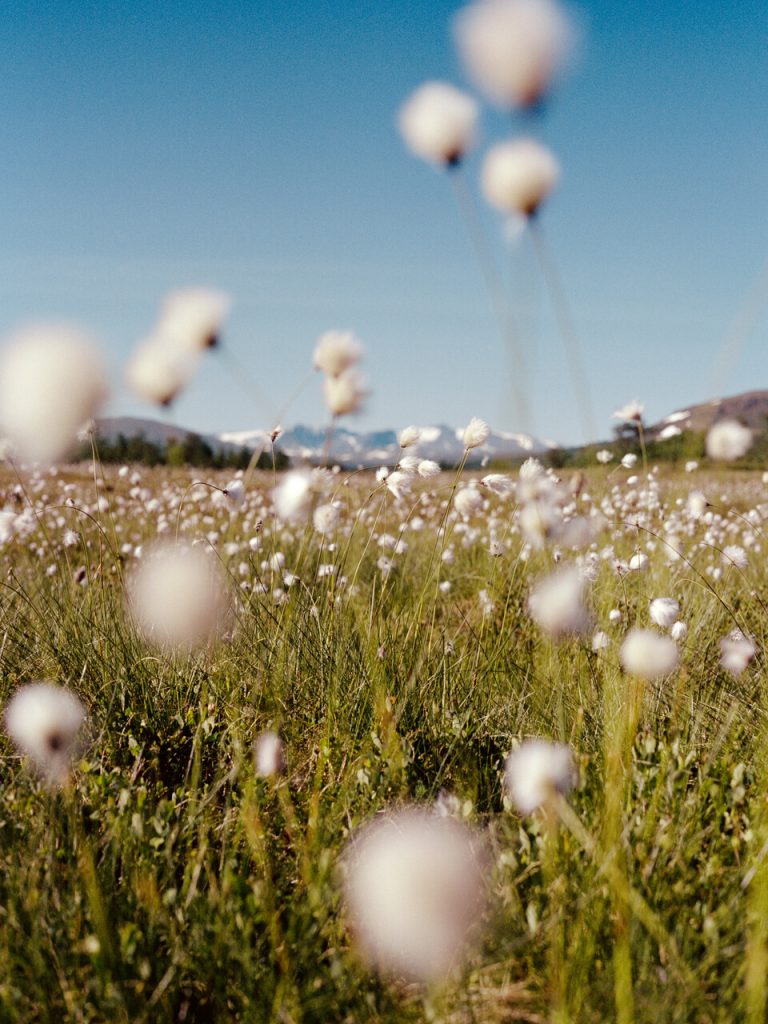
Regenerative
As part of our materials vision, key virgin raw materials should be produced using regenerative agricultural practices. Crop rotation, cover cropping, minimal or no-tilling, as well as the use of natural fertilisers all help improve soil health. The soil can then store more carbon and retain water more efficiently. Plus healthier soils create healthier crops that need less inputs like pesticides or synthetic fertilisers. All of this positively impact biodiversity and farmer livelihood long-term. Find out more about the regenerative agriculture projects we are investing in.
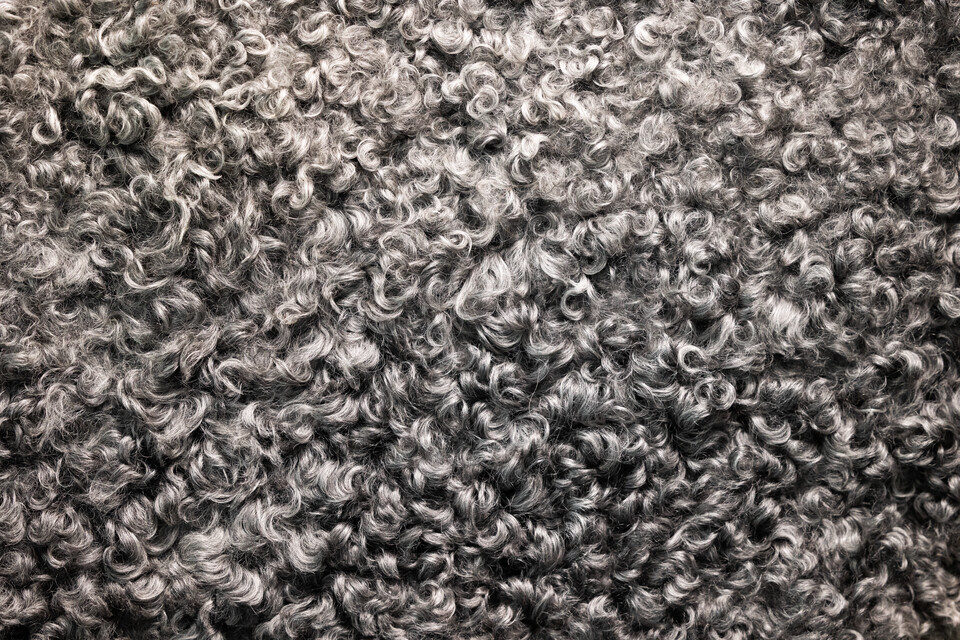
Responsible
Making sure materials are sourced responsibly is the foundation of our material vision. We have a risk-based approach that is based on OECD guidelines for Responsible Business Conduct and the UN Guiding Principle on Business and Human Rights. All raw materials in our products should be produced in a way that respects human rights, preserves natural resources, and ensures humane treatment of animals. Find out more about our approach to responsibly sourced materials.
Our material basket
Our material basket shows the share of different materials in our products. We focus our efforts on improving or finding alternatives to the materials that have the biggest environmental and social impact.2
Material standards and certifications
Voluntary standards and certifications are important tools that guide our raw material sourcing to minimize impact on both people and the planet. They promote sustainable practices, help protect workers and the environment, support customers in purchasing decisions and drive change in our industry.3
We use standards and certifications that:
- are developed and maintained through multi-stakeholder processes involving organisations working on the environment, human and animal rights issues.
- use a wide set of measurable indicators.
- are aligned with the ISEAL’s Code of Good Practice.
Investing in the materials of tomorrow
Innovative materials will play an important role in the fashion of the future and help us move away from using more resources to drive grow. Here are a selection of projects we have recently supported:
- H&M Group Ventures invested in Kintra Fibers. The company has developed a bio-based and biodegradable polyester and continues to be supported by our Circular Innovation Lab.
- We invested in Rubi, a former Global Change Award winner, that produces manmade cellulosic fibres from industrial CO2 emissions.
- We are working with Sparxell to test cellulosic based glitter and sequins to replace petroleum based products.
- In 2022, we supported research from Karolinska Institutet and SLU (Swedish University of Agricultural Sciences) to scale production of a protein-based fibre that mimics spider silk.
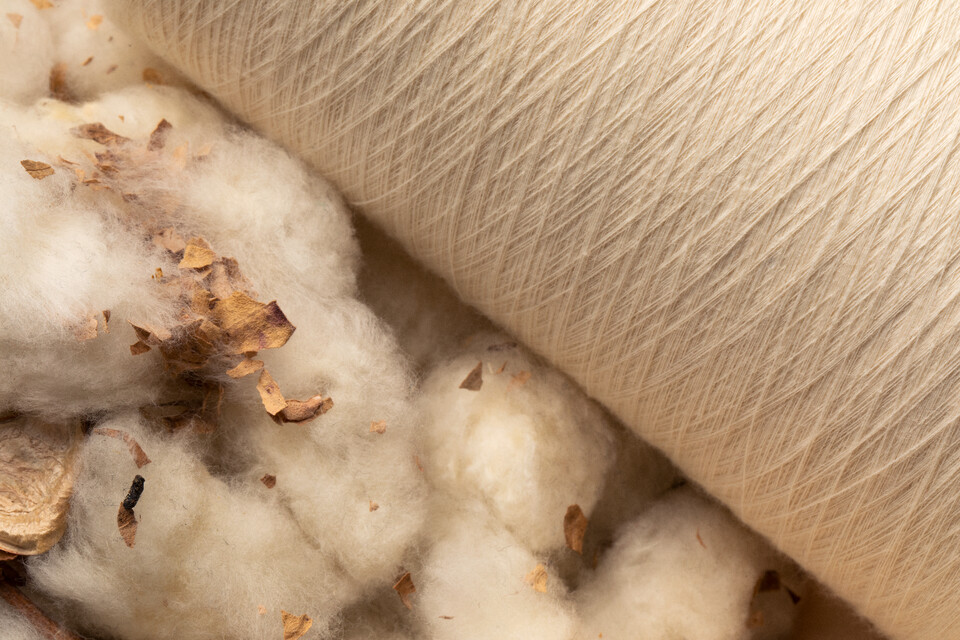
Cotton
All our cotton is either recycled, organic, regenerative, in-conversion or sourced through Better Cotton. We are committed to keep exploring different cotton types and innovations to make sure we source the best possible alternatives.
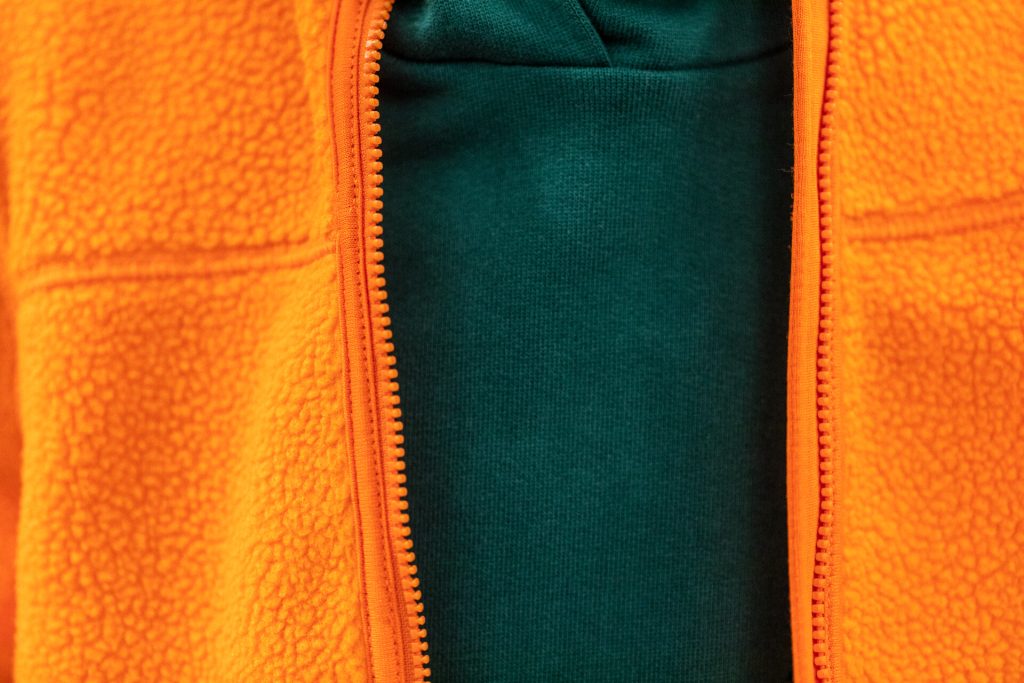
Synthetics
Synthetics add functionality, comfort and durability to our clothes. Read more about the different types we use in our products and how we are moving towards recycled alternatives.
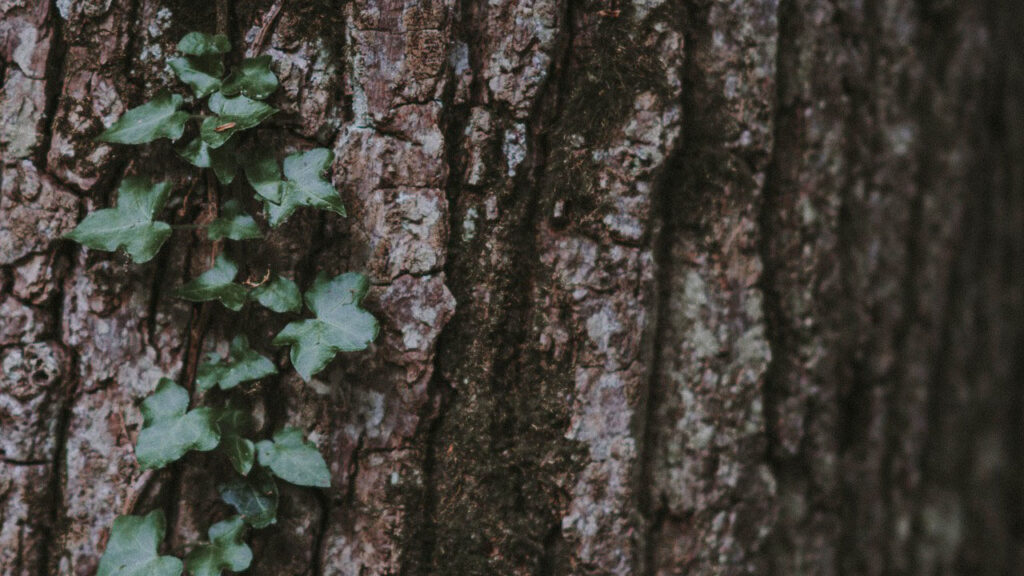
Manmade cellulosics
We use several different manmade cellulosic fibres in our products, such as viscose. Traditionally derived from wood pulp, these materials are increasingly being made from waste or by-products of other industries.
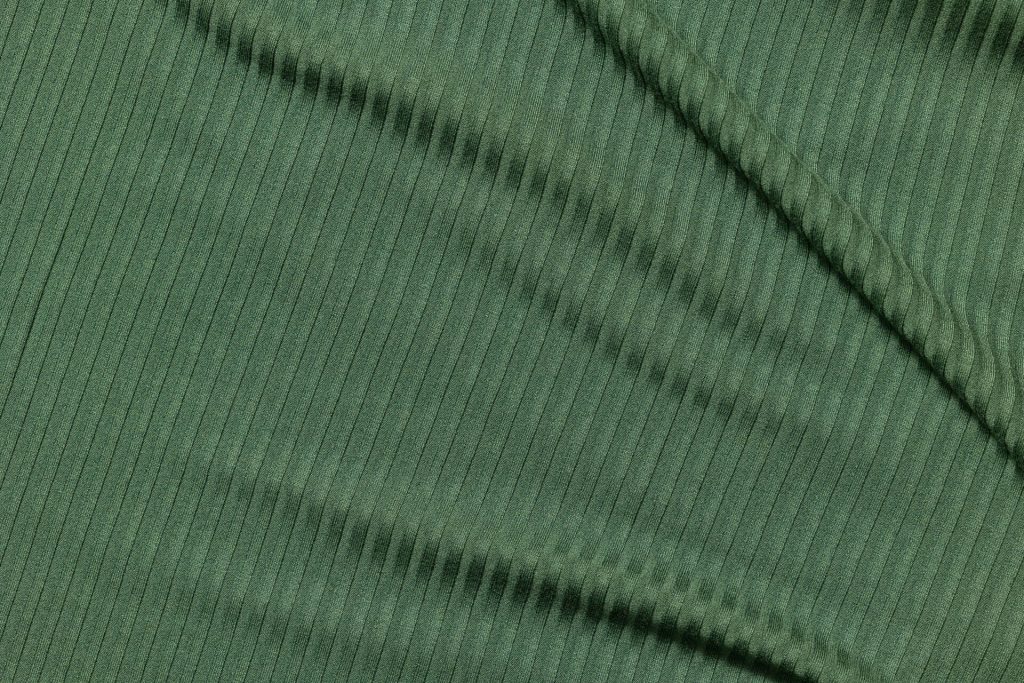
Microfibres
All fabrics shed microfibres. We are working with industry partners and other organisations to better understand the problem and research potential solutions.

Leather
Although we only use a small amount of leather in our products, the material can have a substantial environmental and social impact. Find out how we source leather to try and reduce these risks.
1 For more information about our goals and the progress we’ve made, see our Sustainability Disclosure.
2 This includes commercial goods shell fabric materials, hence does not include materials used as filling, lining or trims on garments. Figures do not add up to 100% due to rounding.
3 According to the United Nations Forum on Sustainability Standards (UNFSS), voluntary sustainability standards can help keep workers healthy and safe, protect communities and land, and uphold human rights, as well as moderating the environmental impacts of production and consumption.
We publish our Sustainability Disclosure annually. In this document, we set out our goals and our progress in the previous year. Find the latest version here. More up-to-date information can be included on this page.
